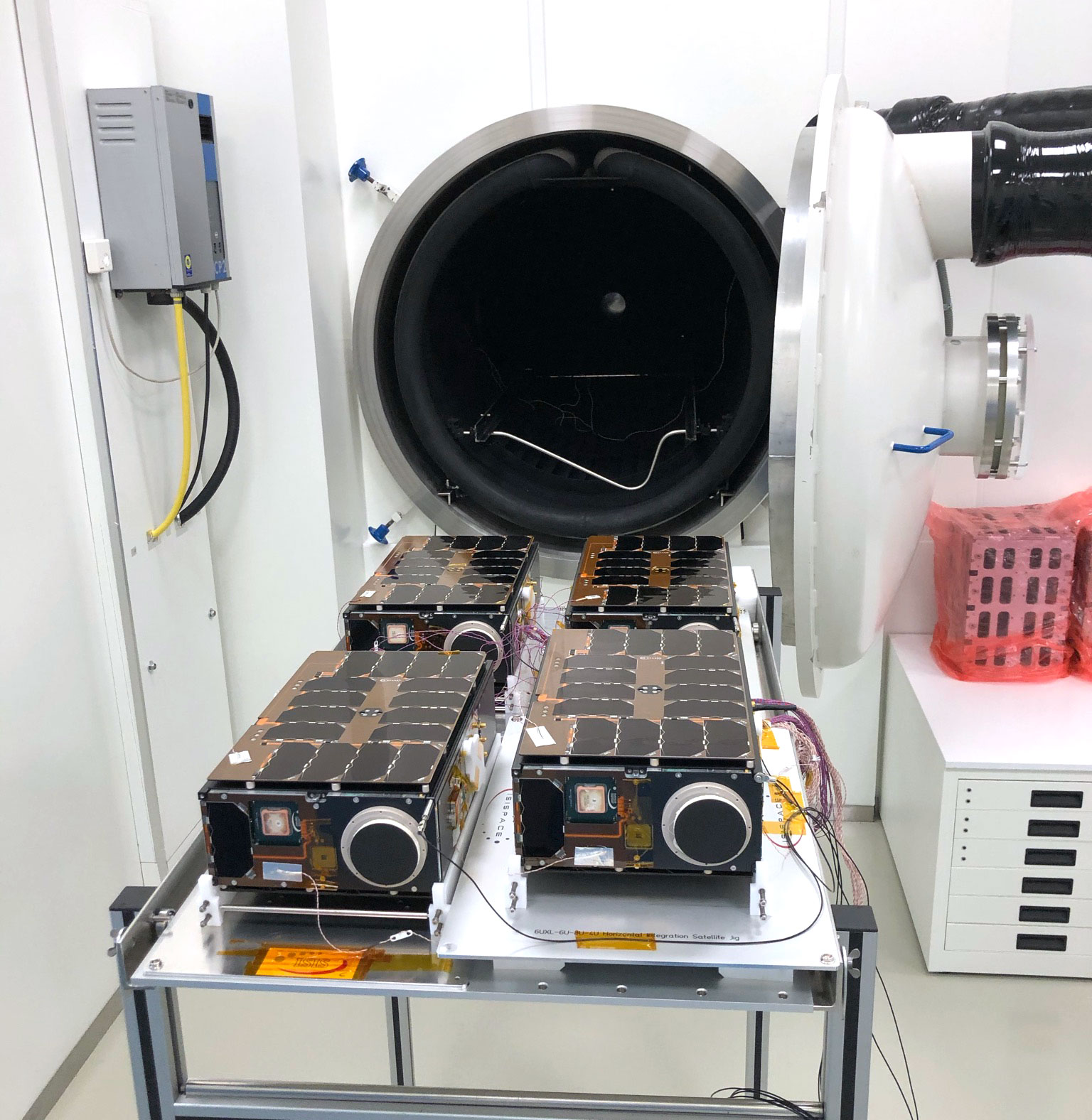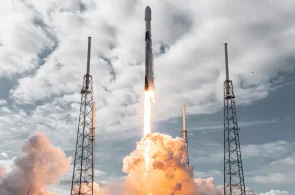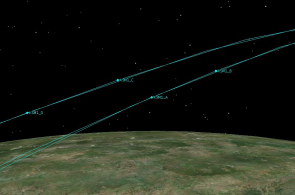Kleos’ 2nd cluster of satellites, the Polar Vigilance Mission (KSF1), are being launched into a 525km Sun Synchronous orbit to enhance our global data collection capability.
What type of testing do satellites have to go through before launch?
The test phase for the satellites, called System Assembly Integration and Testing (SAIT) occurred over a period of 6 weeks for KSF1. It begins with System Integration Verification, during which electrical, functional and mechanical checks are performed. This ensures the good functionality of the power and data interfaces in the system. This is followed by Mechanical Design Verification, which prepares the satellite for the second and most involved phase in the process: Functional and Performance Testing.
The satellite’s testing in the second phase aims to answer the following questions:
Do the satellites systems such as the antenna and solar panels deploy?
The satellite’s components are tested to verify it can successfully deploy in-flight during Deployment Testing.
Will there be interference?
The satellite subsystems are checked to ensure that no electromagnetic interference occurs between them during EMC Testing.
Are all the control systems optimal?
The satellite is checked to ensure optimal performance during the Attitude and Orbit Control Systems Testing to ensure orientation and positioning.
Can the satellites survive temperature variations?
The thermal range, survival temperatures, and thermal properties are tested in the System Thermal Cycling Test.
Are the satellites fully integrated?
The flight hardware and software are integrated, and the system’s functionality is verified in the End-to-End Testing Phase.
Are their mass properties ready for flight?
The Mass Properties are verified for flight-ready status. Failure to properly control mass properties can result in the satellite tumbling end over end after launch, or quickly using up its thruster’s fuel capacity.
Are they ready to fly?
The systems are prepared through environmental testing for launch and flight. This verification takes place during the Flight Preparation phase and includes both visual inspections and health checks.
Once all the above tests are completed, an Environmental Testing phase takes place, during which each satellite system is tested to make sure it can support the vibration loads of the launch. The system also needs to comply with the Outgassing Requirements. Outgassing occurs when certain materials are subjected to the vacuum of space and refers to the release of gas trapped within a solid. It is a concern for any electronic equipment intended for use in high-vacuum environments.
The final steps aim to prepare and deliver the satellite for integration with the deployer. In this case, the satellites will lift-off aboard the Spaceflight SXRS-5 / SpaceX Transporter-2 mission under a rideshare contract with Spaceflight Inc.
Once all these phases are successfully carried out, the satellite is officially ready for launch and dispatched to the launch site. Kleos’ four Polar Vigilance Mission satellites, built by smallsat specialist Innovative Solutions In Space B.V (ISISPACE), were dispatched to the launch site two weeks ago, and have now been integrated at Cape Canaveral and are ready to fly.




